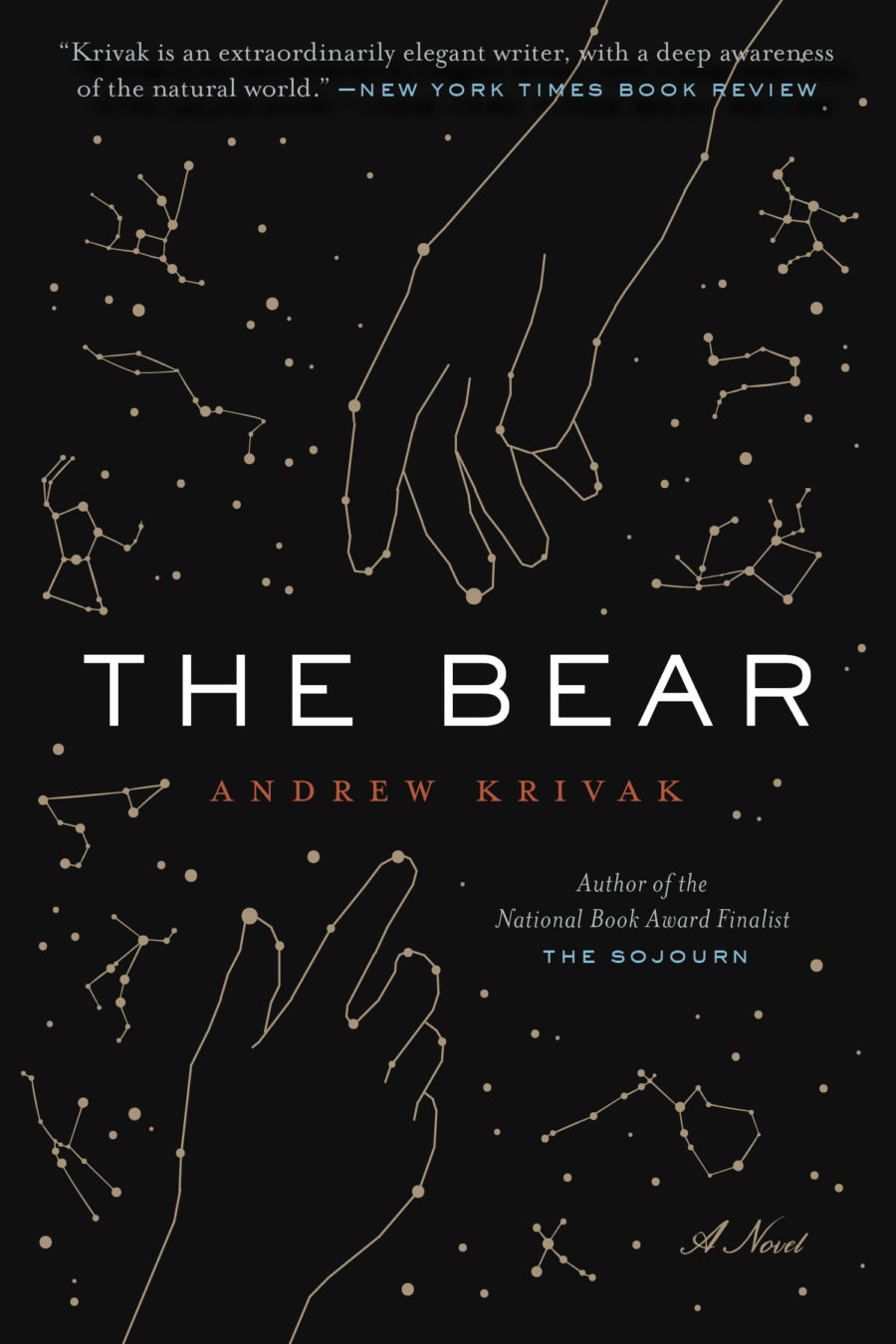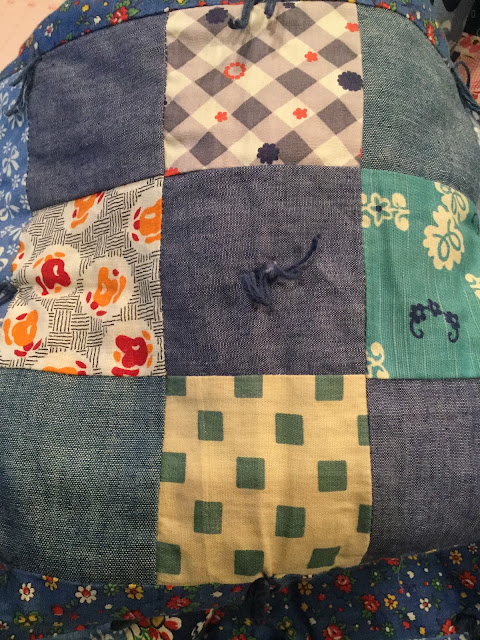Our August read with the Clawson library book club was Elizabeth Berg's Dream When You're Feeling Blue, historical fiction about the home front during WWII.
My husband said it reminded him of Little Women, Louise May Alcott's novel about the March sisters during the Civil War.
Three sisters from a large Catholic Irish Boston family are at the heart of the story. The men they love go to war.
Berg embellishes the novel with details of the girl's lives, bringing alive the deprivations and challenges of the home front. One sister takes work at a factory to earn more money where the women are subjected to harassment. Their patriotic duty extends to writing letters to a dozen or more soldiers and attending dances so the soldiers have happy memories before they are shipped abroad. Tough work, dancing the night away. But it is, since these girls spent all day on their feet working!
Berg's story includes a 'dear John' letter and losing a fiance, an underage boy trying to enlist, and a child who makes a bargain with God to protect the boys.
The readers found this to be a light, quick, enjoyable read. All were confused by the added final section set in near the end of the character's lives.
from Berg's website
What's it About?The time is 1943; the place is Chicago, Illinois. Three Irish-Catholic sisters, the Heaney girls, spend part of every evening sitting at the kitchen table in their pincurls, writing to their boyfriends and to other men fighting in World War 2. Observing the daily life of these girls as well as their parents and three brothers, we get a glimpse of what life was like on the homefront; in the letters the women receive from the men, we get an idea of it was like "over there." This novel is an evocation of a time gone by, a purposefully nostalgic and sentimental — and fun!-- look at the forties: the clothes, the music, the language, the meals, the sentiments. It is a dramatic example of how a certain period in time can shape a person. Most of all, it demonstrates how much we are willing to give in the name of love.
What was the inspiration?There are a lot of books written about World War 2, but not so many about the home front. I'm always interested in the details of ordinary life, and particularly the lives of women leading those ordinary lives. I wanted to write about the women who did so much to support the soldiers. I wanted to write about rationing and USO dances and drawing seams on the back of your legs with eyebrow pencil because silk stockings were no longer available. A bigger reason for writing this book, though, was to pay tribute to a generation of people who are slowly leaving us. There is so much to learn from and admire about them. On a more personal note, this is one I wanted to "give" to my Dad. You can see a photo of him and my Mom in the front of the book. My Dad's wearing his Army uniform; my Mom’s wearing the yellow dress she was married in.
 |
Two of my Clawson book clubbers are also members of the Royal Oak Library book club. While they were tepid about Berg's novel, everyone raved about The Bear. They found it moving, profound, and deep.
One reader said she read it in one sitting. Beautiful nature writing was a plus. We discussed the magical realism in the second half when the bear helps the girl survive after her father's death. Although it ends with the death of the last human, it was not found to be a sad book.
from the publisher
In an Edenic future, a girl and her father live close to the land in the shadow of a lone mountain. They possess a few remnants of civilization: some books, a pane of glass, a set of flint and steel, a comb. The father teaches the girl how to fish and hunt, the secrets of the seasons and the stars. He is preparing her for an adulthood in harmony with nature, for they are the last of humankind. But when the girl finds herself alone in an unknown landscape, it is a bear that will lead her back home through a vast wilderness that offers the greatest lessons of all, if she can only learn to listen.
A cautionary tale of human fragility, of love and loss, The Bear is a stunning tribute to the beauty of nature’s dominion.What was the inspiration for The Bear
What if, in the twilight of human experience, one were to see that what we lay claim to and cling to as quintessentially human is actually quite limited compared to a wider, more transcendental experience of Nature itself? What if, in fact, an entire world of activity — an entire story, if you will — has always been present in Nature, but we (most of us, at least) have not been attuned to it? What if human consciousness has crowded out the understanding of an entire natural consciousness waiting, in all of its ancientness, to return not to a past but to a present wherein it lives out its own struggle of beginning, middle, and end? And if so, would the last human actors, by virtue of their aloneness, be initiated into this mystery, not a loss to be mourned but a passing to be revered? What would that story be like, and who or what would tell it? I pulled in my line, rowed to shore, and went up to the house where I sat down and wrote the first line of the novel that would become The Bear: “The last two were a girl and her father who lived along the old eastern range on the side of a mountain they called the mountain that stands alone.”
read more at https://www.powells.com/post/original-essays/if-nature-told-the-story-andrew-krivak-on-writing-the-bearIt was decided that even during a pandemic and contentious election, we did not want escapism, but books that made us think.
What are other book clubs doing during Covid-19? Are you looking for books with depth, or summer beach reads? Books that affirm, escapism, thrillers, romance, or literary fiction that offers something to 'sink your teeth into'?




































